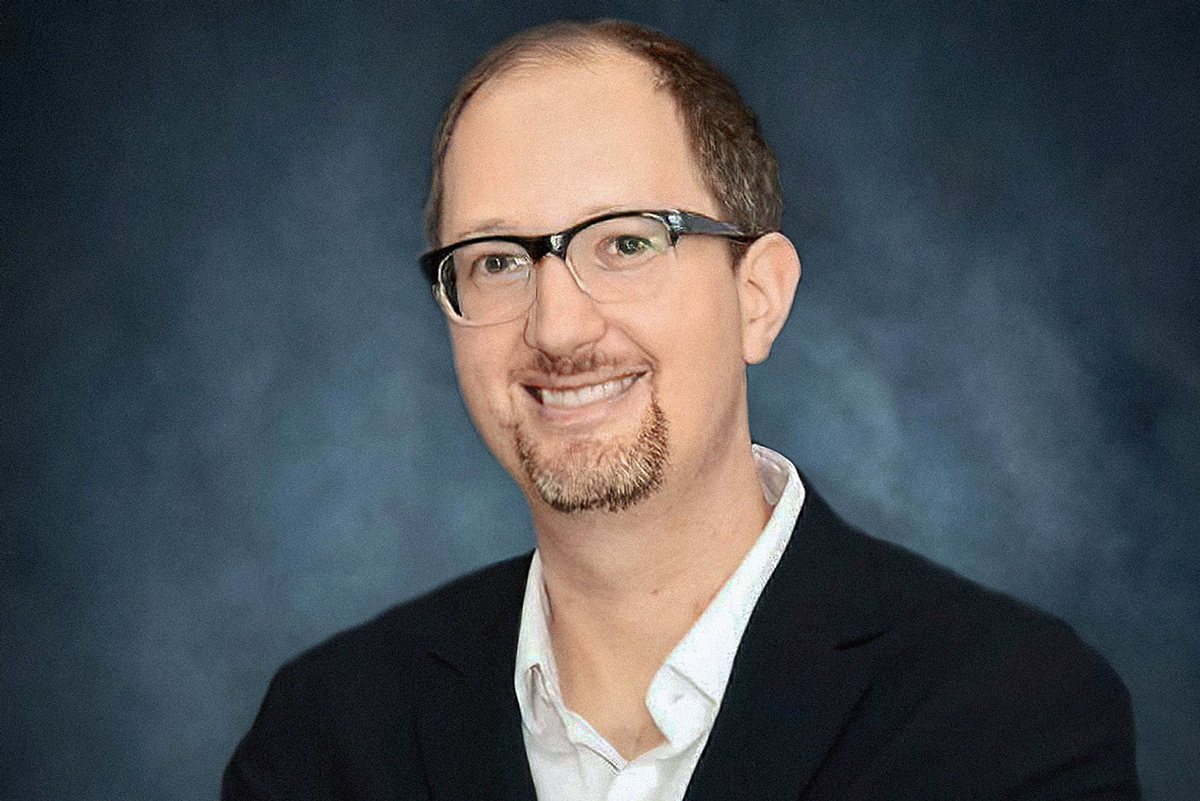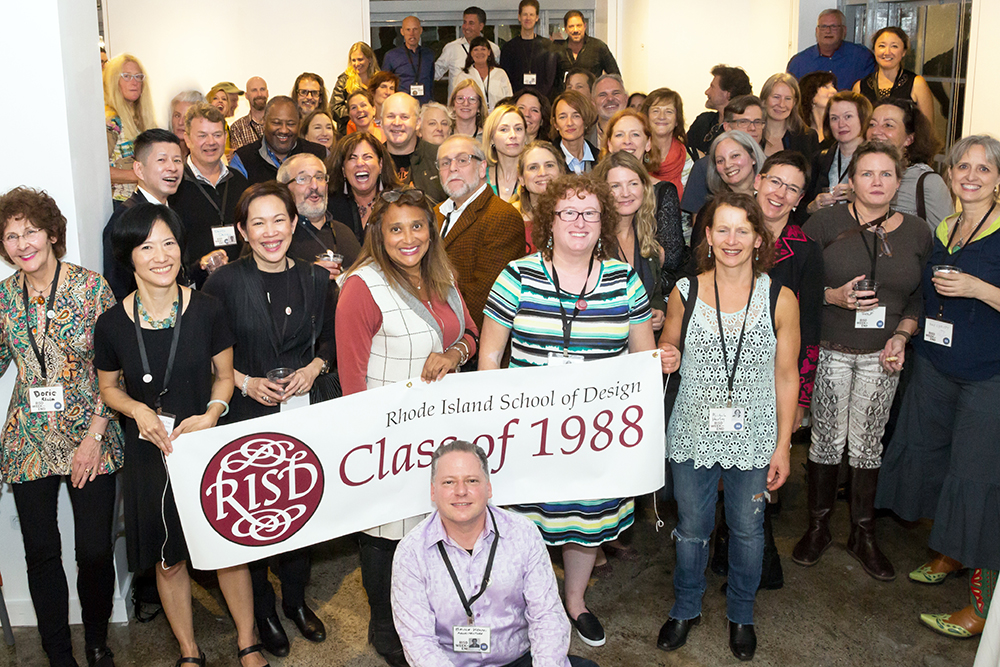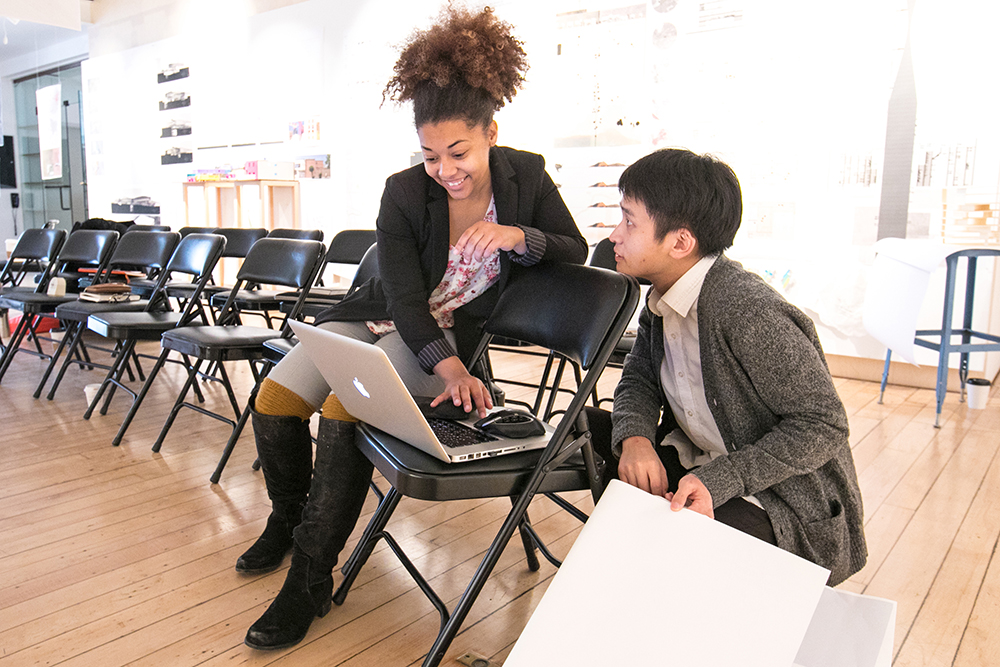
Founders Spotlight: Sloan Kulper MID 06
Celebrating RISD’s alumni founders and entrepreneurs
We celebrate RISD founders by remembering their work and shining a light on the entrepreneurial spirit that remains strong in our students and alumni. In this series, alumni founders share thoughts on getting started, taking risks, and how their education prepared them to create something entirely their own.
Sloan Kulper MID 06 of Lifespans, Ltd is the creator of "Alfonso," the first realistic software model of bone tissue, used by orthopedic implant manufacturers to design safer and more effective devices that result in fewer post-surgical failures in elderly patients with osteoporosis.
>>
I knew that I wanted to work in the general field of medical devices. I knew that the kinds of problems would be interesting and meaningful to work on, but what I didn't know was exactly what specialty to work on. By talking with different clinicians and engineers in Hong Kong, where I was pursuing my PhD, one of the things that I discovered was that there was a lot of emphasis on new types of needs that elderly patients were starting to have as people lived longer. With implant devices like screws or pins that were designed decades ago, the fundamental design rests on some assumptions about demographics and clinical cases of decades past, where patients did not have the very low-density bones of older patients, bones that are easier to break. What became evident is that our whole field needed a better way to have, essentially, a virtual bone, a different way of modeling material that reflects concerns with crushing or cracking, which is what is at stake with the bones of older patients, or patients with osteoporosis. So, we moved away from creating our own hardware to where we have a software service that uses our particle-based bone model, which we call “Alfonso.”
>>
“My time at RISD sharpened up my skills and my focus as far as being able to dig into a problem and apply a design process that keeps track of all of the different stakeholders and questions. It sharpened up my ability to make a design actually connect to all of those different factors. Because in a way, if you are talking about traditional industrial design, you're usually talking about making some physical artifact. How does that physical artifact actually connect to all of the different needs and concerns of the many different people or industrial processes involved? It’s a very complicated thing.
Having time to focus on that really helped a lot with being able to pull a team of people together, do brainstorming and figure out how to communicate ideas in a way that other people will be able to understand. And I would say every design student is a little bit of a brand, or has the brand of themselves to be concerned with, right? So you do learn something about how to construct a brand of your own work and be able to portray that to say, “this is how I work, this is the type of problem-solving I do.”
>>
“If you have several leaders of a company and people want to be doing the same job, that's not good. There really does need to be a division of labor and also a division of responsibility, and everyone needs to be okay with that. If I were to meet a copy of myself, we probably would not be good co-founders with one another, because it's a little bit like adding twice as much salt to a dish, right?
Having advisors who have gone through the process with you but are primarily interested in just helping you is key–advisors whom you feel really comfortable giving your most uncomfortable problems to–ideally should be people who have already gone through the formation or acquisition of a company. Maintaining those kinds of relationships, finding people who are in the mode where they're really ready to give back, is really quite key. I think that is a natural part of the lifecycle of what I'd call a good entrepreneur, that you should be willing to give back and provide some advice.”
The ideas that led to the founding of RISD were nurtured by a small group of women who had joined forces to raise funds for Rhode Island’s contribution to the Philadelphia Centennial Exhibition in 1876. In 1877—four decades before women in the US gained the right to vote—Helen Adelia Rowe Metcalf and the 34 other members of the Rhode Island Women’s Centennial Commission invested their group’s surplus in founding a school of art and design.
In 1877, 35 women, armed with $1,675 and a vision, founded RISD. Understanding that a school for art and design could produce world-changing critical thinkers and makers, the founders were innovators whose impact stretches across the globe.



